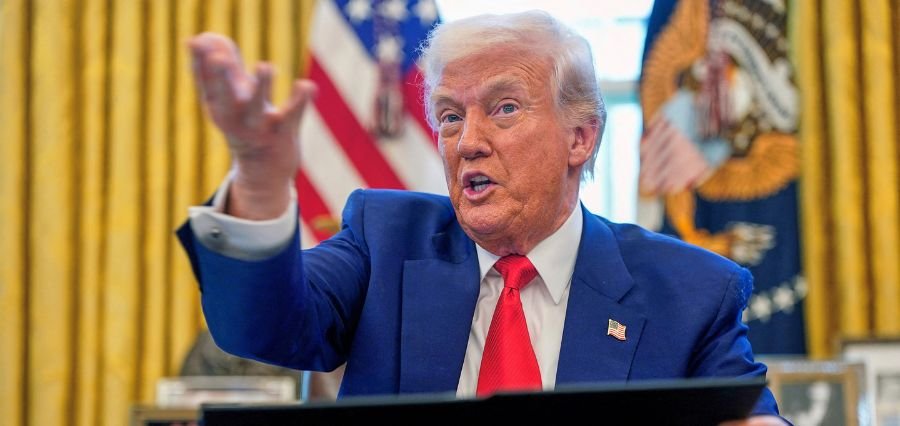Prime Highlights
- Trump makes move to levy 50% tariff on imported copper, triggering global metal market sell-off.
- Hindustan Copper shares fell close to 4%, Indian metal sector fall leader.
Key Facts
- Comex copper futures rose more than 12% after the U.S. tariff announcement.
- Nifty Metal index fell more than 1.7% as listed metal stocks incurred broad-based declines.
Key Background
In a surprise bid to guard national security and enhance domestic production, former U.S. President Donald Trump made official a 50% import tariff on copper in a Cabinet meeting held on July 8, 2025. The tariff would be effective either at the end of July or beginning of August. It forms part of a broad trade agenda that encompasses previous tariffs on steel, aluminium, and subsequent ones on drug and chip imports.
The announcement prompted a rapid response from global commodity markets. U.S. Comex copper futures jumped up to 17%, hitting record highs of $5.65 a pound—the biggest one-day jump. The increase was fueled by the flood of importers scrambling to bring copper cargoes to the U.S. before the tariffed deadline, creating strong demand and prices in the U.S. domestic market.
The impact was experienced in India straight away. The Nifty Metal index fell more than 1.7%, with the biggest fall being by Hindustan Copper with a close -4% fall. The other top metal stocks such as SAIL, Tata Steel, and Jindal Stainless also fell. Experts believe that the tariff will raise the cost of inputs for those industries which use copper, i.e., industries which relate to electric infrastructure, electric vehicles, and manufacturing industries.
Globally, the tariff has triggered trade tensions and doubt along the commodity supply chain. Export-oriented nations such as Chile, Peru, and Canada are able to shift to retaliation or review trade with the U.S. Market analysts assume that while U.S. copper prices are still able to remain high in the short run, global copper benchmarks might eventually simmer down after initial inventory and logistics issues are sorted out. But the near-term uncertainty may still put pressure on metal makers as well as investors in emerging markets.

